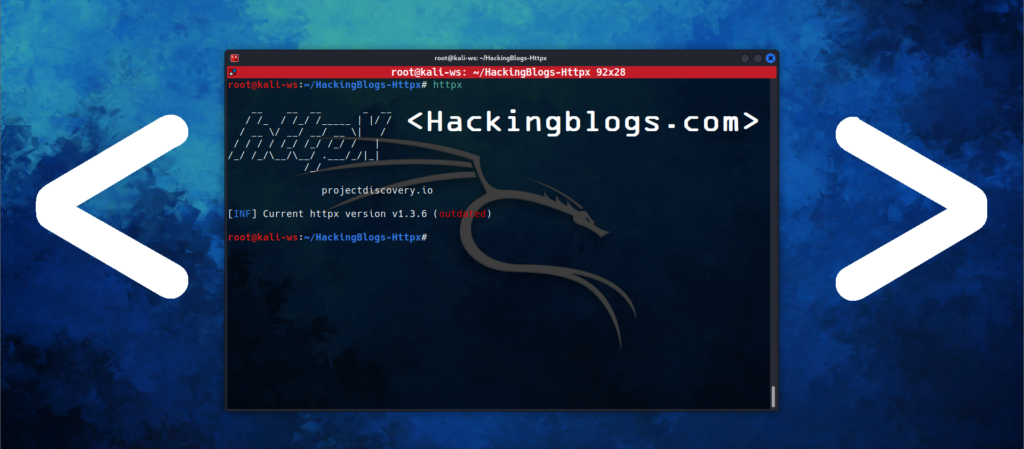Hey wonderful Hackers! Welcome to another exciting tutorial where we’re going to demonstrate “What is DNS Enumeration and Zone-Transfers“. Don’t worry if you dont know anything about it, i’ll break it down into simple steps, and by the end of this guide, you’ll be in a place to teach others who don’t know about it.

Understanding the Basics
Let’s start with the basics. DNS, or Domain Name System, is like the phonebook of the internet. It translates(converts) human-readable domain names into IP addresses, allowing your computer to connect to websites. In this tutorial, we’re going to focus on a domain called “zonetransfer.me”
What is DNS Enumeration and Zone-Transfers
What’s DNS Enumeration?
DNS Enumeration is the process of gathering information about a domain’s DNS records. Think of it as the information gathering ways to find out what servers and services a website is using. It’s like checking enteries in the Internet Phone Book(DNS)


host zonetransfer.me
This command gives us the domain’s IP address(after resolving) and mail servers. It is that easy…This command gives us the domain’s IP address(after resolving) and mail servers. It is that easy…
Dive Deeper with Dig
Now, let’s use another tool called Dig (Domain Information Greper). It’s like zooming in for DNS records to get more information.
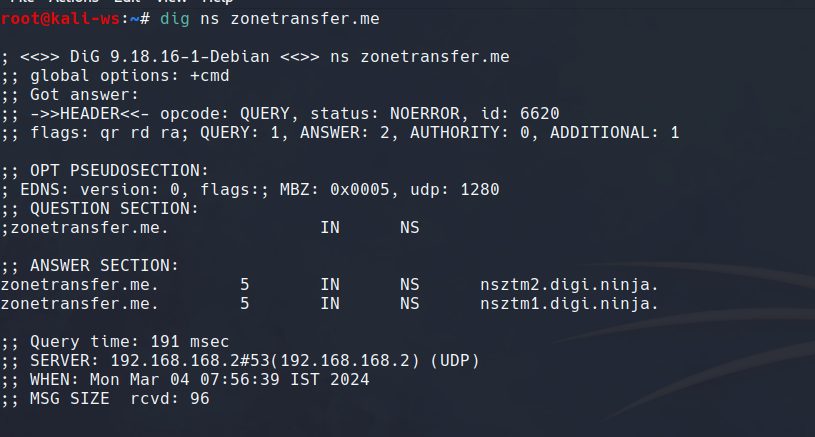
dig ns zonetransfer.me
Here, we’re asking for the name servers(ns) of the domain. Name servers are online objects that hold DNS records.
Zone Transfers – The Initial Way
Zone Transfers allow us to copy all the DNS records from a primary server to a secondary one. Sometimes, servers misconfigure, and that’s where we step in!
dig axfr @nsdm1.digi.ninja zonetransfer.me
This command attempts a zone transfer from the primary server (@nsdm1.digi.ninja) to our location. It’s like getting an insider’s view of the domain’s infrastructure.
Automate with DNS Enum
DNS Enum is a utility that automates the whole process, saving time and effort and helping in quick enumeration
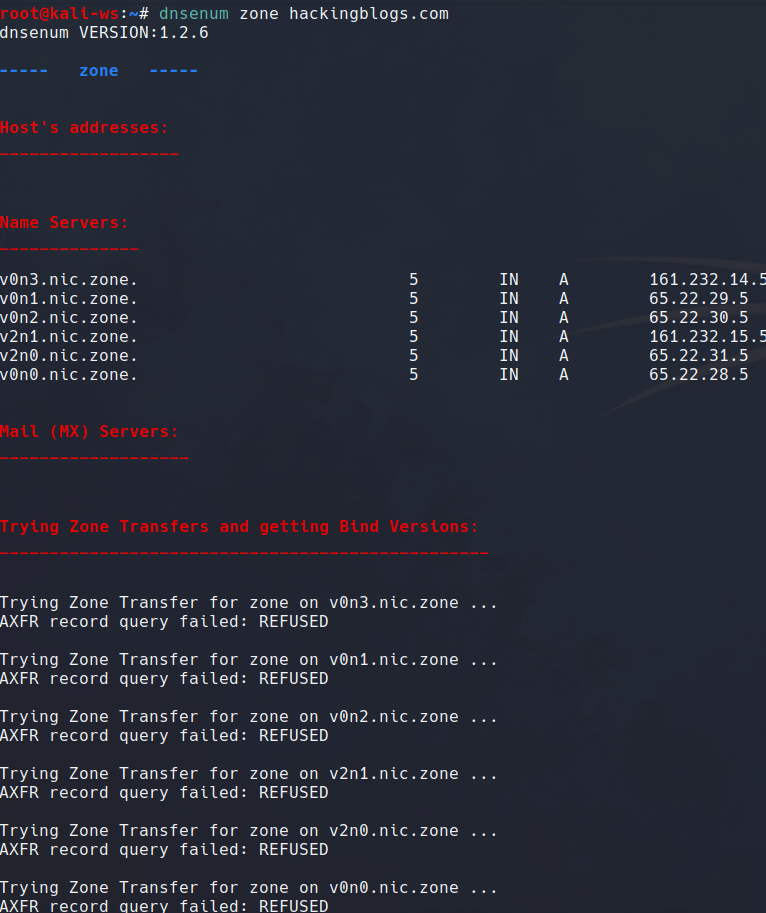
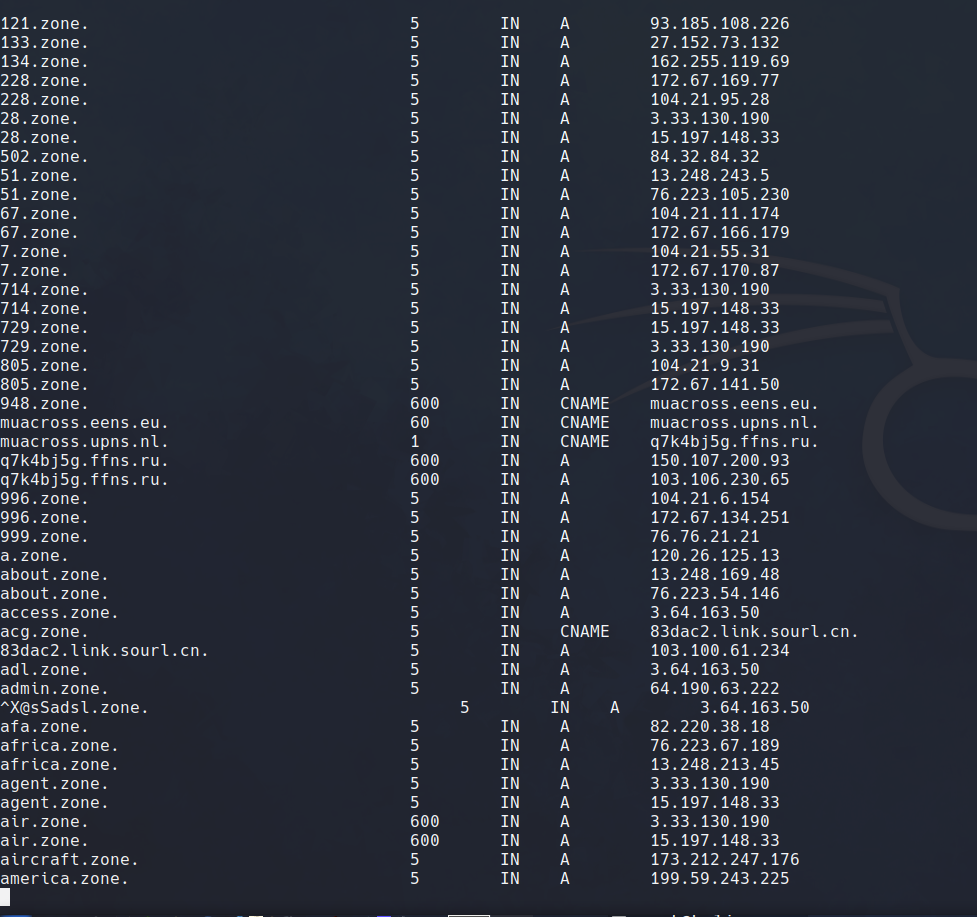
dnsenum zone zonetransfer.me
Watch as it effortlessly fetches host addresses, name servers, and even performs a zone transfer. Provides all the relevant information without running a bunch of commands.
Exploring Alternative Tools
Let’s peek into a couple more tools: Fierce and Host.
For Fierce:
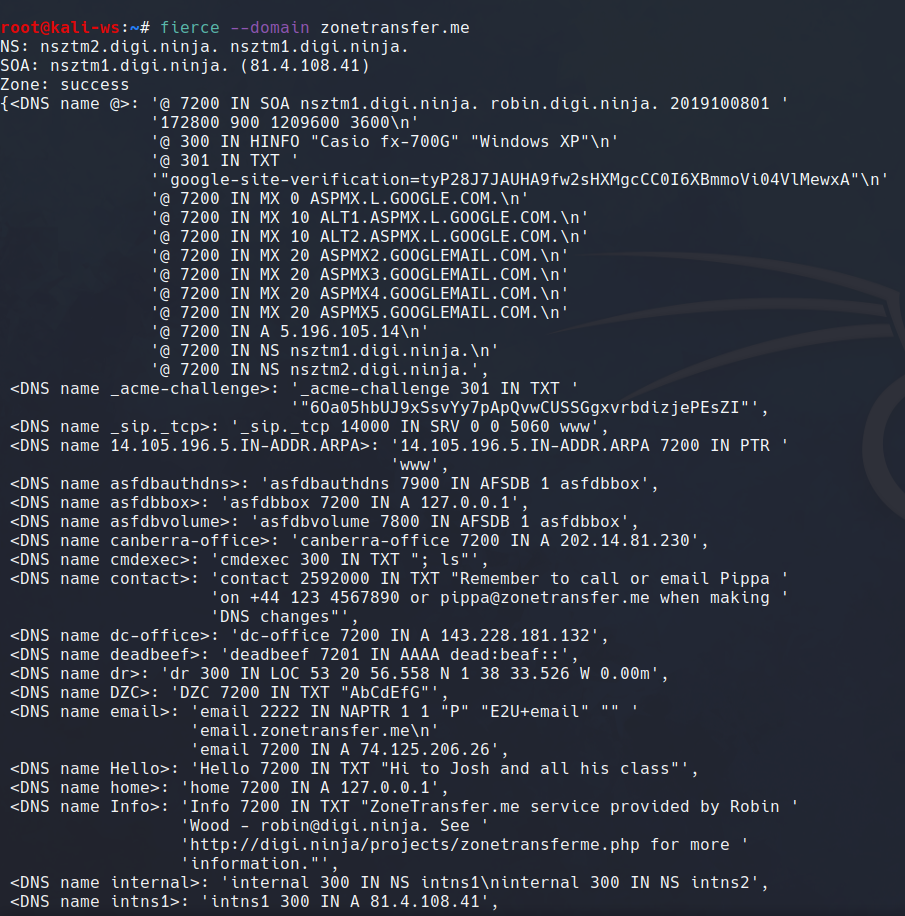
fierce -dns zonetransfer.me
Fierce attempts to find non-contiguous IP space, potentially revealing hidden servers and thus automates DNS Enumeration.
For Host:

host -t mx zonetransfer.me
This fetches mail servers, helping us understand the communication infrastructure.
Personal Experiment – Try it on your Domain
Try these commands on your domain. Replace ‘hsport.com’ with your domain name.
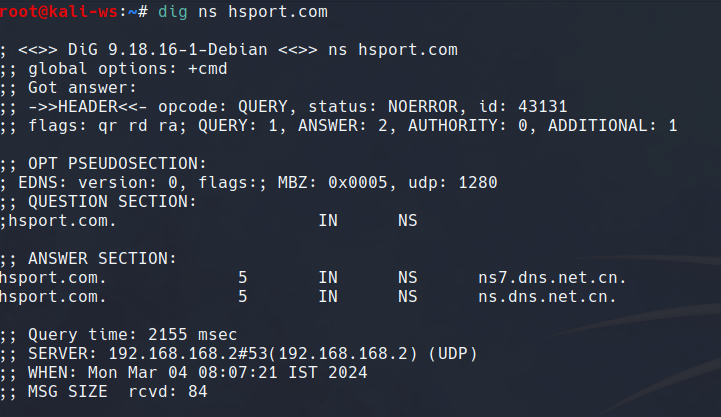
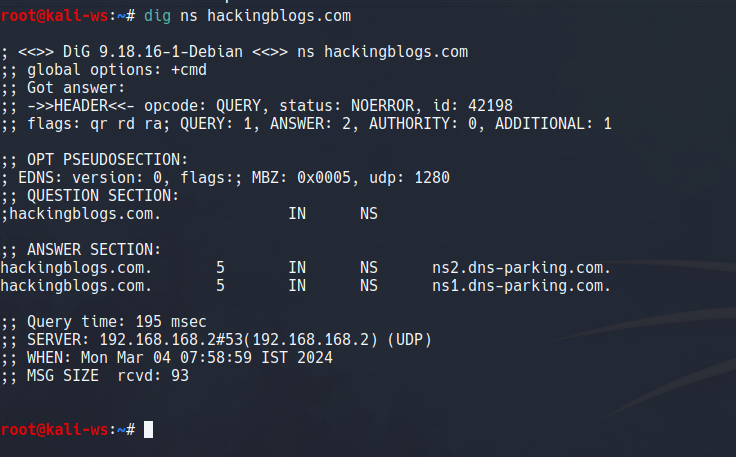
dig ns hsport.com
See what name servers your domain uses try using different utility to grep information.
Conclusion and Next Steps
Congratulations! You’ve learned what is DNS Enumeration and Zone Transfers. As you practice, you will become good in enumeration which is a key to your success as information gathering is a must for all hackers. Always stay within legal boundaries, and use your skills for ethical hacking and learning, therfore avoiding scans.Don’t forget to check out hackingblogs.com interesting articles aswell.
Frequently Asked Questions
1. In Kali, what do host, dig, and dnsenum mean?
On Kali Linux, the command-line utilities host, dig, and dnsenum are used for DNS analysis and interrogation.
2. How can I utilize Kali’s host command for zonetransfer?
Type “host -l domain.com ns1.nameserver.com” in the terminal to execute a zonetransfer using the host command.
3. How do I utilize the dig command for zone transfer on Kali?
Dig is an effective zonetransfer utility that may also be used for DNS lookups. Enter “dig @ns1.domain.com domain.com AXFR” in the terminal to execute a zonetransfer using dig.
4. Is it possible to utilize DNS Enum on Kali for zone transfers?
Yes, zonetransfers can be carried out using dnsenum, a program created especially for DNS enumeration. To start a zonetransfer, simply type “dnsenum domain.com” into the terminal.
5. On Kali, how can I install host, dig, and dnsenum?
Using the terminal, type “sudo apt-get install dnsutils” to install host, dig, and dnsenum on Kali.
6. Is zonetransfer regarded as a weakness in security?
If zonetransfers are not adequately secured, they pose a security concern since they may divulge private information about a domain’s DNS setup and network architecture.
7. How can I prevent illegal zone transfers from occurring to my domain?
Make sure your DNS servers are set up to only accept transfers from approved IP addresses in order to safeguard your domain against illegal zonetransfers. You should also routinely check your DNS logs for unusual behavior.
8. Are host, dig, and dnsenum limited in any way when it comes to zonetransfers?
Even though host, dig, and dnsenum are strong tools for DNS interrogation, if the domain’s DNS servers are set up to prohibit zonetransfers, they might not always work.
9. Can I zone transfer domains other than my own using host, dig, and dnsenum?
Before attempting to perform zonetransfers on domains that you do not own or have specific access to, it is vital to seek permission from the domain owner.
10. What are some recommended methods for zone transfers on Kali using host, dig, and dnsenum?
To prevent vulnerabilities, make sure you have authorization to do zonetransfers on a domain, utilize the tools in an ethical and responsible manner, and update and patch your Kali Linux system on a regular basis.

